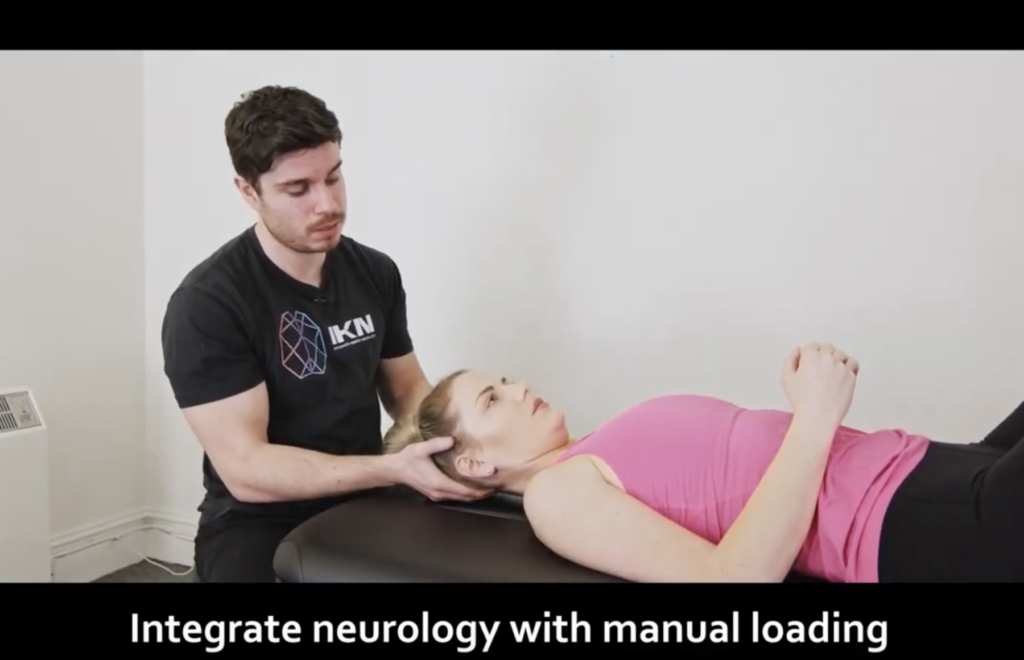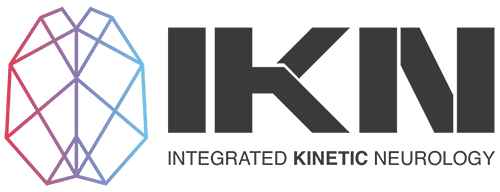
An Insight Into Our Manual Therapy Framework
We’ve been overwhelmed this weekend by the number of therapists that have purchased our brand new online neuroanatomical approach to manual therapy course, so we wanted to give everyone a bit of an insight!
Each course:
- A Neuroanatomical Approach to Manual Therapy: Upper Limb & Upper Midline
- A Neuroanatomical Approach to Manual Therapy: Lower Limb & Lower Midline
…is not like your typical manual therapy course. There’s no rubbing. No “cracking” or “popping” of joints. No “releasing” scar tissue.
Our approach is heavily based on appreciating how the nervous system interacts with our anatomy, and using our hands to load tissues/structures to restore load sharing capacities. Because our anatomy expresses a very distinct organization, it means that the nervous system interacts with each portion differently. This means that each portion should not be loaded in the same manner.
At the beginning of each course, we encourage each therapist to ask themselves a simple question:
“What’s the problem we’re facing as therapists?”
For us at IKN, the biggest problem we’re facing as therapists is that we are working with a complex system that has a very large number of possible movement solutions to achieve the same outcome. Who are we to say that we know the best solution? In these online courses, we have outlined a clear framework to help with the implementation of our manual loading strategies based on the work of many clever individuals that have dedicated much of their time to understanding how this problem is solved by the individual. They include: Nikolai Bernstein, Michael Turvey, Betty Tuller, Rob Gray, and many more.
Nikolai Bernstein identified that restoring this capacity to coordinate all the individual elements (muscles, bones, nerves) during movement requires a process that appreciates the learning potential of the client. What does this mean for us therapists when we are working with an individual with restricted range of motion? It means that it’s not a case of finding the “correct technique,” but it’s about understanding what the best starting point for that unique individual is, and organizing our manual or active loading strategies from there.
Bernstein proposed that the first stage of the process when learning to better coordinate our movement involves “freezing” degrees of freedom, or restricting movement in certain joints to make movement easier to control. Clinically, we may see this as an increase in protective tone around a particular joint, or the movement of a joint complex towards its close-packed position. At the lumbar spine, this could be expressed by an individual expressing increased extension. At the knee, it may be expressed by an individual hanging out in hyperextension. These strategies we’re seeing as therapists are not the problem, but they are a solution to the problem expressed by the individual. The key for us as therapists, is understanding if that’s their only solution? We want to restore a broader scope of movement solutions to allow the individual to be as robust as possible.
But, this isn’t the only “freezing” strategy that Bernstein proposed. Another solution that an individual may express to make their movement easier to control is by moving joint segments in the SAME direction. How might this surface clinically?
When testing shoulder internal rotation in supine, you may notice when moving the humerus into IR, the scapula rolls forward as well. Here the movement of the humerus into IR drags the scapula & rib cage along with it into a direction of internal rotation. So, the humerus moves into IR, and the scapula moves into IR – same direction.
When testing tibial internal rotation at the knee, you notice the client can’t do so actively without the femur also moving towards a direction of internal rotation as well. These are solutions to a movement problem. So, we essentially have two strategies to make movement easier to control:
- To freeze movement around a joint complex
- To allow joint segments to move in the SAME direction
These are both solutions, but are they the most adaptable solutions that allow for a sharing of load and a broader scope of options to manage load within the individual?
Ultimately, Bernstein proposed that a “freeing” of our degrees of freedom is the goal to express a superior strategy to coordinating our movement. This freeing strategy is expressed when joint segments have the capacity to move independently of one another. In other words, they are able to dissociate from each other. So, our humerus should be able to express the capacity to internally rotate as the scapula remains relatively externally rotated. The tibia should be able to express the capacity to internally rotate as the femur remains relatively externally rotated. These capacities reflect a system that has a broader scope of options to manage load.
Now, here is the key point. When loading the system with our manual strategies, it’s not just about the movement of joint segments, but how they cooperate with other tissues to share load over broader surface areas. When using manual loading strategies that we teach in our new online courses, we need to respect this freezing to freeing process.
If our goal is to improve tibial internal rotation, initially we may need to manually load contractile tissues in a specific manner while the femur and tibia move in the SAME direction. Once the client expresses the capacity to handle load well, we can begin to challenge more freeing strategies where these joint segments are dissociating or moving in OPPOSITE directions. If our goal is to restore internal rotation at the shoulder, a similar thought process applies.
So, these are not courses where you will simply be shown a manual technique with zero context. In these courses, a large emphasis is placed on many background considerations that are key to appreciate before we deliver load to the system with our hands, along with 40+ manual strategies in each. This, for us, allows for a much more robust approach to manual therapy.
If this sounds like something you would like to add to your clinical practice, then be sure to join all the other therapists that have already signed up! Use code “Bundle50” for $50 off when you purchase both!
